DiGraphWrapper Class Reference
Wraps the DiGraph class with type annotations for the nodes. More...
Inheritance diagram for DiGraphWrapper:
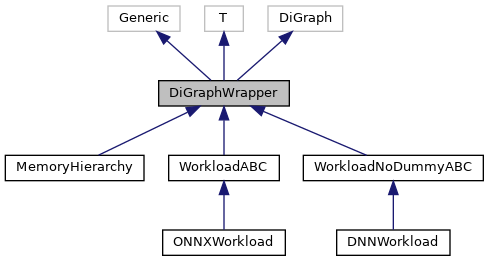
Collaboration diagram for DiGraphWrapper:
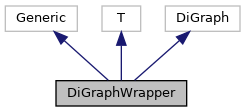
Public Member Functions | |
| list[tuple[T, T]] | in_edges (self, T node, Literal[False] data) |
| list[tuple[T, T, dict[str, Any]]] | in_edges (self, T node, Literal[True] data) |
| list[tuple[T, T]] | in_edges (self, T node) |
| list[tuple[T, T]]|list[tuple[T, T, dict[str, Any]]] | in_edges (self, T node, bool data=False) |
| list[tuple[T, T, dict[str, Any]]] | out_edges (self, T node, Literal[True] data) |
| list[tuple[T, T]] | out_edges (self, T node, Literal[False] data) |
| list[tuple[T, T]] | out_edges (self, T node) |
| list[tuple[T, T]]|list[tuple[T, T, dict[str, Any]]] | out_edges (self, T node, bool data=False) |
| Iterator[tuple[T, int]] | in_degree (self) |
| Iterator[tuple[T, int]] | out_degree (self, Literal[None] node) |
| Iterator[tuple[T, int]] | out_degree (self) |
| int | out_degree (self, T node) |
| int|Iterator[tuple[T, int]] | out_degree (self, T|None node=None) |
| Iterator[T] | successors (self, T node) |
| Iterator[T] | predecessors (self, T node) |
| Iterator[T] | topological_sort (self) |
| None | add_node (self, T node) |
| None | add_nodes_from (self, Sequence[T] node) |
| None | remove_nodes_from (self, Iterator[T] nodes) |
| None | add_edge (self, T edge_from, T edge_to) |
| None | add_edges_from (self, Sequence[tuple[T, T]|tuple[T, T, Any]] edges) |
| Iterator[list[T]] | all_simple_paths (self, T producer, T consumer) |
| list[T] | shortest_path (self, T producer, T consumer) |
| list[T] | node_list (self) |
| T | get_node_with_id (self, int node_id) |
Detailed Description
Wraps the DiGraph class with type annotations for the nodes.
Member Function Documentation
◆ add_edge()
◆ add_edges_from()
Here is the caller graph for this function:

◆ add_node()
| None add_node | ( | self, | |
| T | node | ||
| ) |
Here is the caller graph for this function:
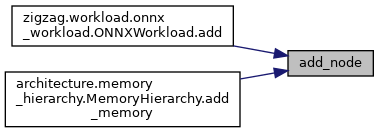
◆ add_nodes_from()
| None add_nodes_from | ( | self, | |
| Sequence[T] | node | ||
| ) |
◆ all_simple_paths()
◆ get_node_with_id()
| T get_node_with_id | ( | self, | |
| int | node_id | ||
| ) |
Here is the call graph for this function:

◆ in_degree()
| Iterator[tuple[T, int]] in_degree | ( | self | ) |
Here is the caller graph for this function:

◆ in_edges() [1/4]
◆ in_edges() [2/4]
Here is the call graph for this function:

◆ in_edges() [3/4]
Here is the caller graph for this function:

◆ in_edges() [4/4]
Here is the call graph for this function:

◆ node_list()
| list[T] node_list | ( | self | ) |
Here is the caller graph for this function:
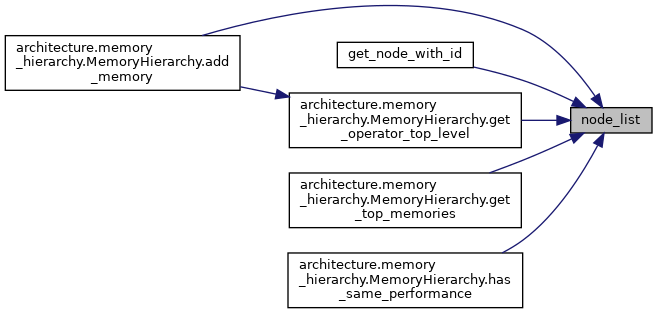
◆ out_degree() [1/4]
| Iterator[tuple[T, int]] out_degree | ( | self | ) |
Here is the call graph for this function:

Here is the caller graph for this function:

◆ out_degree() [2/4]
| Iterator[tuple[T, int]] out_degree | ( | self, | |
| Literal[None] | node | ||
| ) |
Here is the caller graph for this function:

◆ out_degree() [3/4]
| int out_degree | ( | self, | |
| T | node | ||
| ) |
Here is the call graph for this function:

Here is the caller graph for this function:

◆ out_degree() [4/4]
Here is the call graph for this function:

Here is the caller graph for this function:

◆ out_edges() [1/4]
◆ out_edges() [2/4]
Here is the call graph for this function:

◆ out_edges() [3/4]
Here is the call graph for this function:

◆ out_edges() [4/4]
Here is the caller graph for this function:

◆ predecessors()
◆ remove_nodes_from()
| None remove_nodes_from | ( | self, | |
| Iterator[T] | nodes | ||
| ) |
◆ shortest_path()
◆ successors()
◆ topological_sort()
| Iterator[T] topological_sort | ( | self | ) |
Here is the caller graph for this function:
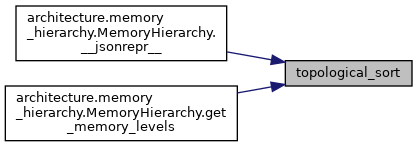
The documentation for this class was generated from the following file:
- /home/runner/work/zigzag/zigzag/zigzag/utils.py


